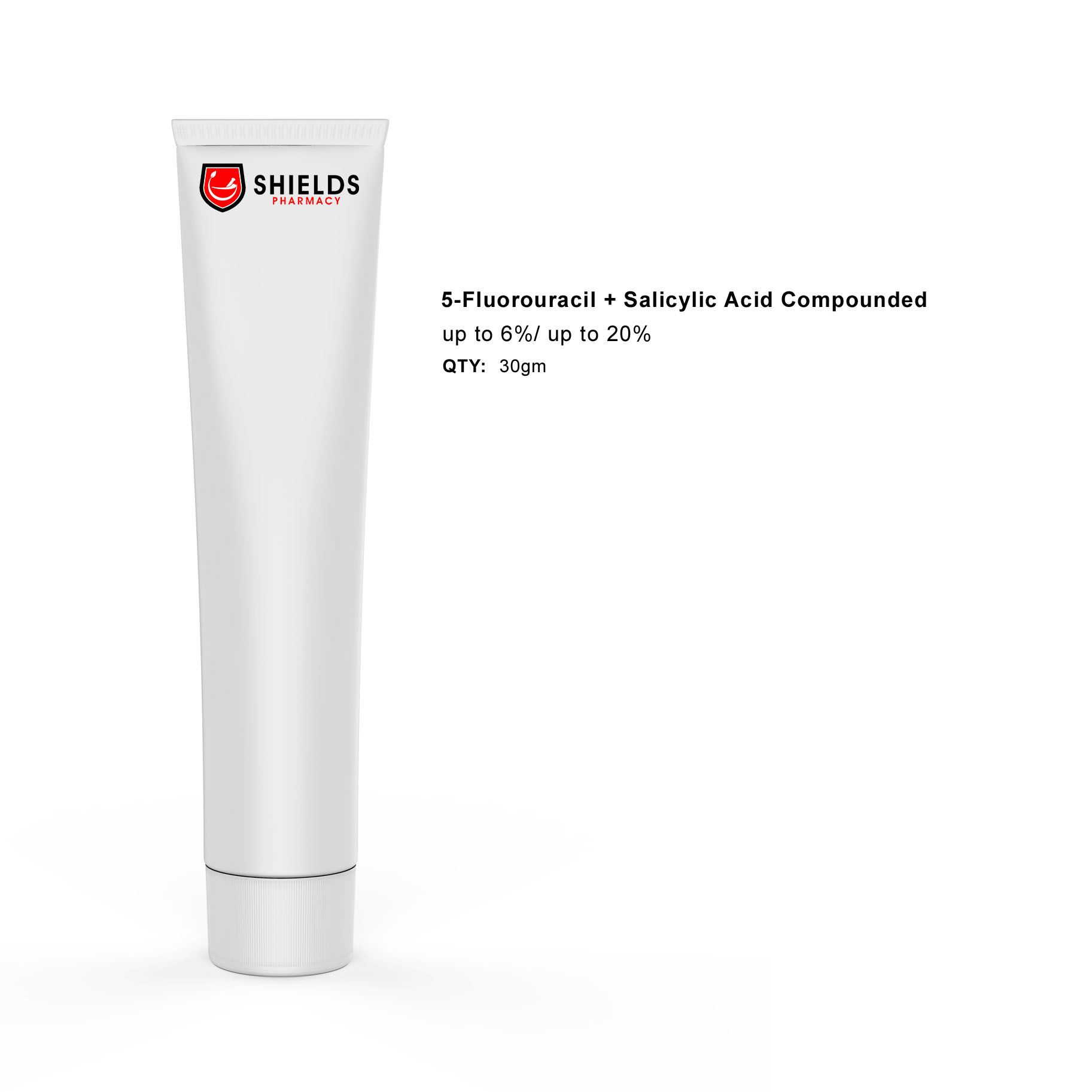Dental Facts: Laugh Out Loud

The world of dentistry is often viewed as a serious field, focused on oral health and preventing diseases. However, like any profession, it has its lighter side. From funny dental myths to intriguing facts about teeth, there’s a lot to explore beyond the usual drills and fillings. Let’s delve into some fascinating dental facts that might just make you laugh out loud or at least leave you with a brighter smile.
The Tooth Fairy’s Origins: A Mix of Myth and Mirth
The tradition of the tooth fairy is beloved by many, but have you ever stopped to think about where this custom originated? The concept of leaving a gift in exchange for a child’s tooth has roots in ancient cultures, where teeth were seen as symbols of good luck, strength, and even magic. In some societies, children’s teeth were buried to prevent witches from using them for evil spells. The modern tooth fairy, with her wings and gift-giving, is a more recent invention but retains the essence of celebrating the loss of a tooth as a milestone in a child’s life. It’s amusing to think that the loss of something as small as a tooth can lead to such a big deal, complete with special visits from mythical creatures.
Dental Myths: Separating Fact from Fiction
Myths abound in every field, and dentistry is no exception. One common myth is that if you swallow your gum, it will take seven years to digest. This is completely false; the body can’t digest gum because it’s mostly indigestible, but it will pass through your system without any issues. Another funny myth is that sugar directly causes cavities, which oversimplifies the process. While sugar does feed the bacteria that produce acid, leading to cavities, the presence of sugar alone doesn’t cause them. It’s the lack of proper oral hygiene and the resulting acid production that does the damage. These myths, though entertaining, highlight the importance of understanding the real reasons behind dental health issues.
The History of Dentures: A Laughable Evolution
Dentures have been around for thousands of years, with early versions made from materials like wood, ivory, and even human teeth. The first set of dentures that could be considered modern was made by the Italians in the late 18th century, using porcelain. However, it wasn’t until the 20th century that dentures became more comfortable and natural-looking. The evolution of dentures is a testament to human ingenuity, from the ridiculously impractical early attempts to the sophisticated, custom-made dentures of today. It’s hard not to chuckle at the thought of our ancestors trying to eat and speak with teeth made of wood.
Funny Dental Phobias: Facing Fears with Humor
Many people have a fear of the dentist, known as dentophobia or odontophobia. However, some phobias related to dental care are quite specific and amusing. For example, chromophobia, a fear of colors, could potentially make a visit to the dentist uncomfortable if the patient is afraid of the colors of the dental instruments. Then there’s trypanophobia, a fear of needles, which is more common and understandable but still presents a challenge for dental procedures that require anesthesia. Approaching these fears with a sense of humor and understanding can make dental visits less daunting.
The Future of Dentistry: Laughing All the Way to Better Teeth
Advances in technology are revolutionizing the field of dentistry, making procedures less invasive, faster, and more comfortable for patients. From 3D printed dentures and crowns to laser teeth whitening, the future of dentistry looks brighter (and funnier) than ever. Imagine being able to print your dentures at home or having a dental check-up via a virtual reality headset. While these innovations might seem like the stuff of science fiction, they’re rapidly becoming reality. The thought of such advancements can bring a smile to your face, especially when considering how far we’ve come from wooden teeth.
Conclusion: Finding the Humor in Dentistry
Dentistry, despite its serious nature, has a lighter side that’s worth exploring. From the amusing origins of the tooth fairy to the evolution of dentures and the myths surrounding sugar and cavities, there’s a lot to learn and laugh about. By embracing the humor and humanity in dental care, we can make the experience of visiting the dentist less intimidating and more enjoyable. So, the next time you find yourself in the dentist’s chair, remember the wooden teeth, the tooth fairy’s magic, and the hilarious myths that have shaped our understanding of oral health over time. With a smile and a bit of humor, even the most mundane dental visit can become an adventure.
FAQ Section
What is the origin of the tooth fairy tradition?
+The tooth fairy tradition has its roots in ancient cultures where children's teeth were seen as symbols of good luck and strength. The modern concept of the tooth fairy, however, is a more recent development.
Is it true that sugar directly causes cavities?
+No, sugar does not directly cause cavities. While it feeds the bacteria that produce acid, leading to cavities, the actual cause of cavities is the lack of proper oral hygiene and the resulting acid production.
What are some common dental phobias?
+Common dental phobias include dentophobia (fear of the dentist), trypanophobia (fear of needles), and chromophobia (fear of colors). These phobias can make dental visits challenging but can be addressed with understanding and appropriate care.
By delving into the lighter side of dentistry, we not only find humor and interesting facts but also a deeper appreciation for the evolution of dental care and the importance of oral health. Whether it’s the amusing myths, the historical oddities, or the innovative future of dentistry, there’s always something new to discover and smile about.

